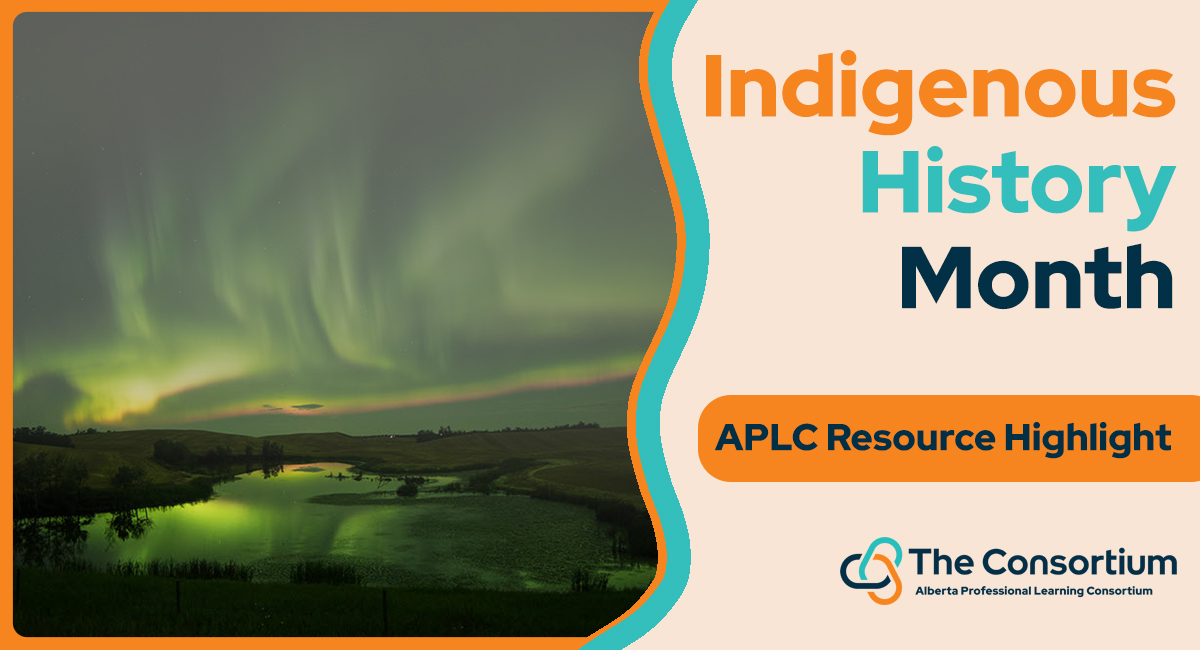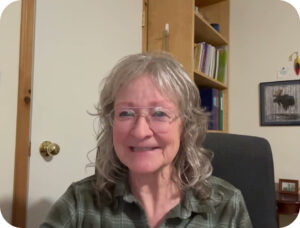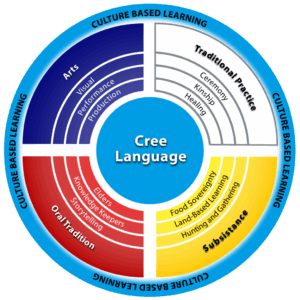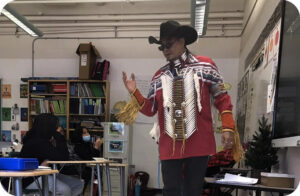
As Indigenous History Month begins, classrooms across Alberta are filled with opportunities to reflect, learn, and grow. But for many educators, the question remains: How can I apply foundational knowledge about Indigenous ways of knowing and being into my classroom in a way that is authentic, respectful, and meaningful?

“Teachers were telling us, ‘I want to do this work in a good way, but I’m scared I’ll do it wrong,’” says Kim Barker-Kay, one of the APLC Designers of Professional Learning behind a new educational website designed to help Alberta teachers navigate this essential but often daunting territory.
That website, Indigenous Culture-Based Learning in Alberta Curriculum, offers a groundbreaking resource built in partnership with Elders, educators, and knowledge keepers—most notably Jason Bigcharles, a Cree cultural advisor and educator from East Prairie Métis Settlement. He is also a Designer of Professional Learning for APLC. The site is a response to the Truth and Reconciliation Commission’s Calls to Action and aims to provide practical, respectful, and authentic tools to help educators integrate Indigenous perspectives into K–12 curriculum.
“What we often heard from teachers was how difficult it was to access Elders’ knowledge and to figure out how to plan authentically,” says Barker-Kay.
A Site Grounded in Story and Spirit

At its core, the site is built around four foundational principles of learning derived from Cree and Métis pedagogy. These foundations— spiritual, emotional, mental, and physical—offer a holistic lens for understanding and planning with Indigenous ways of knowing.
At the center of the model is Cree Language which is the pivotal part of Cree ways of knowing. From this foundation, the site branches into a wide array of resources: legends and stories told by Jason Big Charles, videos on traditional land-based practices like birch syrup tapping, and general knowledge clips explaining items like dream catchers and the purpose of smudging.
Each resource is paired with direct curriculum connections, lesson planning templates, and learning guides.
“The website was developed with teachers and their needs at the forefront.,” says Barker-Kay. “We designed the site so that whether you’re a new teacher or a seasoned one, you can come in and find something that feels doable and respectful.”
Centred on Woodland Cree Knowledge and Teachings
“This website is built on Jason Bigcharles’ knowledge and teachings,” Barker-Kay explains. “We are very clear that Jason’s knowledge is Woodland Cree. Teachers should always be working with their own local Elders and knowledge keepers.”

“Through both the General Knowledge videos and Seasonal videos, educators can deepen their own foundational understandings along with their students.
Created by Educators, for Educators
What sets the site apart is its practicality. The platform offers tangible tools for real classrooms. Teachers will find unit plans, assessment samples, and videos filmed in natural environments where knowledge is lived—not just taught.
“We wanted to bridge traditional knowledge and curriculum,” says Barker-Kay. “We wanted to keep the content easy to navigate and provide teachers with tools to help them feel comfortable with their own planning.”
The content was developed in deep collaboration with Jason Bigcharles and guided by Elders and educators from north western Alberta.
Doing the Work, In a Good Way
For Barker-Kay, this work is personal as well as professional. “I’m not Indigenous,” she says. “So it’s my responsibility to approach this with humility, to do the listening, and to use my skills to create pathways—not to take up space, but to help hold it open.”
In an education landscape that’s often pulled in a thousand directions, the Indigenous Culture-Based Learning website offers something rare: depth, care, and authenticity.
“This site provides amazing stories, legends, Cree language experiences and spectacular videos, along with planning tools, and a Curriculum by Grade tab where teachers can find direct links between the site content and curricular outcomes.,” Barker-Kay says. “Additionally, there is a tab called Elders’ Voices that will soon be populated with video clips of our Elders sharing stories and experiences from their own lives.”
Check out the Indigenous Culture Based Learning in Alberta Curriculum Website Here!

